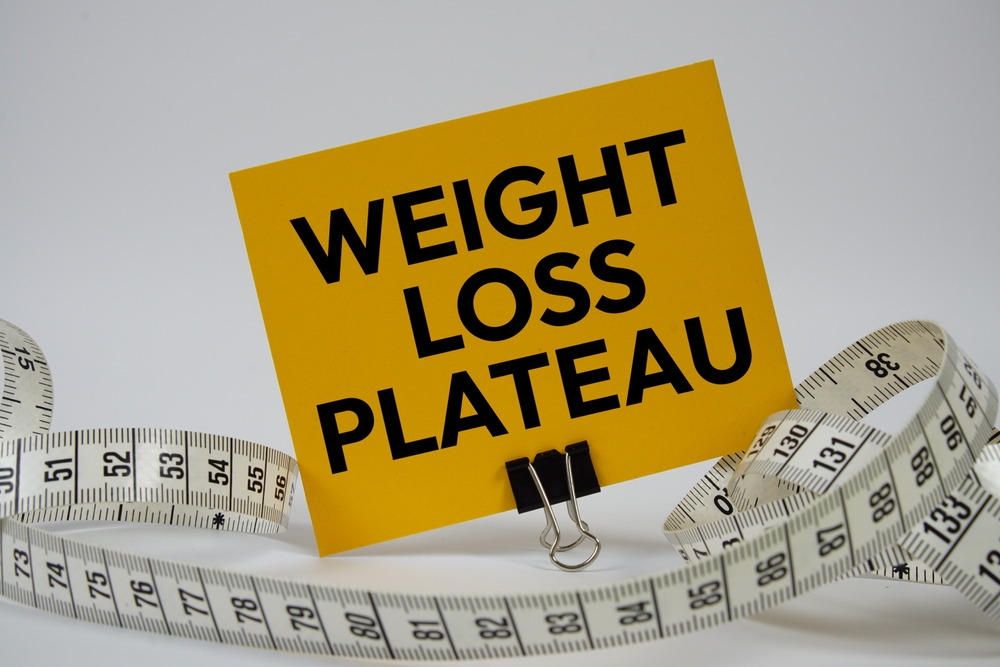How to Break a Weight Loss Plateau
Hitting a weight loss plateau can be frustrating and demotivating, but it’s a common part of the journey. A plateau occurs when your body adapts to your diet and exercise routine, leading to stalled progress. While it might feel discouraging, breaking through a plateau is possible with strategic adjustments.
This guide will explore why plateaus happen, effective ways to overcome them, and practical tips to get your weight loss back on track. By understanding how your body responds to changes in diet and exercise, you can make informed decisions and continue to make progress.
-
Identify the Cause of Your Plateau
Before making changes, it’s essential to understand why your weight loss has stalled. Identifying the root cause helps you implement the right adjustments to start seeing results again. Here are some common reasons:
Metabolic Adaptation
- Over time, your body becomes more efficient at burning calories, slowing weight loss.
- As you lose weight, your calorie needs decrease, meaning what worked before may not work now.
- Your metabolism adapts by reducing energy expenditure, which is why the same diet and exercise routine may stop yielding results.
Inconsistent Tracking
- You might be consuming more calories than you think due to inaccurate portion sizes.
- Hidden calories from sauces, dressings, and snacks can add up and stall progress.
- Underestimating serving sizes can lead to an unintentional calorie surplus.
Lack of Variety in Exercise
- Your body adapts to repetitive workouts, resulting in fewer calories being burned over time.
- Strength training and intensity changes can reignite fat loss.
- Doing the same routine for months without variation can reduce effectiveness.
Not Eating Enough
- A severe calorie deficit can lead to muscle loss and a slowed metabolism.
- Eating too little can trigger hormonal imbalances that reduce fat burning.
- Prolonged calorie restriction signals the body to hold onto fat stores.
Chronic Stress and Poor Sleep
- High stress raises cortisol levels, which promotes fat storage, especially around the midsection.
- Lack of sleep affects hunger hormones, leading to cravings for unhealthy foods.
- Sleep deprivation reduces energy levels, making it harder to stay active.
-
Adjust Your Caloric Intake
Recalculate Your Caloric Needs
As you lose weight, your caloric needs decrease. Use a calorie calculator to determine the number of calories you should consume based on your new weight and activity level.
Try a Temporary Caloric Increase (Reverse Dieting)
- If you’ve been in a calorie deficit for too long, your metabolism may have slowed down.
- Increase your intake slightly (100-200 calories) for a few weeks before cutting again.
- Focus on whole, nutrient-dense foods to fuel your body properly.
Monitor Macros, Not Just Calories
- Protein: Helps preserve muscle and boosts metabolism.
- Carbohydrates: Provide energy and aid muscle recovery.
- Healthy Fats: Support hormone balance and overall health.
- Adjusting your macronutrient balance can optimize fat loss while preserving muscle.
-
Revamp Your Workout Routine
Increase Exercise Intensity
- Introduce high-intensity interval training (HIIT) to burn more calories in less time.
- Increase weights in strength training to build muscle and boost metabolism.
- Progressive overload in strength training helps prevent adaptation.
Incorporate More Movement Throughout the Day
- Take walking breaks at work to stay active.
- Use the stairs instead of elevators whenever possible.
- Aim for 8,000 to 10,000 steps per day to maintain consistent physical activity.
- Adding short bursts of movement throughout the day can increase overall calorie burn.
Try a New Workout Type
- Switch between cardio and strength training, or vice versa.
- Try activities like swimming, cycling, or group classes to challenge different muscles.
- Changing your routine prevents adaptation and keeps your workouts effective.
-
Manage Stress and Sleep Better
Reduce Stress Levels
- Practice meditation, deep breathing, or yoga to help lower cortisol levels.
- Avoid excessive caffeine and alcohol, which can increase stress hormones.
- Make time for activities you enjoy to reduce overall stress levels.
Improve Sleep Quality
- Aim for 7-9 hours of sleep per night to support recovery and metabolic health.
- Maintain a consistent sleep schedule to regulate hormones.
- Reduce screen time before bed to improve melatonin production and enhance sleep quality.
-
Hydration and Nutrition Adjustments
Drink More Water
- Dehydration slows metabolism and reduces fat loss.
- Drink at least 8 glasses per day, more if you’re physically active.
Reduce Processed Foods and Sugar
- Refined carbs and sugar cause insulin spikes and cravings.
- Replace with fiber-rich foods, such as vegetables, legumes, and whole grains.
- Eating nutrient-dense foods keeps your body fueled and supports metabolic function.
Incorporate Intermittent Fasting (If Suitable)
- Fasting for 12-16 hours can help reset metabolism and regulate hunger hormones.
- Ensure proper nutrition during eating windows to avoid nutrient deficiencies.
-
Track Progress Beyond the Scale
Measure Non-Scale Victories
- Progress photos show changes the scale might not reflect.
- Track body measurements (waist, hips, arms) to monitor fat loss.
- Assess energy levels, fitness performance, and clothing fit.
Reevaluate Your Goals
- If you’re close to your ideal weight, the body may naturally slow down weight loss.
- Focus on changes in body composition instead of just weighing the scale.
-
Stay Patient and Consistent
Avoid Quick Fixes
- Plateaus are normal and don’t mean failure.
- Stay consistent with healthy habits, and results will follow.
Seek Support and Accountability
- Join a fitness group or online community for motivation.
- Work with a coach or trainer for expert guidance.
- Share your journey with friends or family to stay motivated.
Conclusion
Breaking a weight loss plateau requires strategic adjustments rather than drastic measures. By adjusting your diet, exercise routine, stress levels, and lifestyle habits, you can overcome plateaus and continue making progress toward your fitness goals.
If you need expert guidance tailored to your needs, visit Cheval Wellness for professional support on your weight loss journey.


